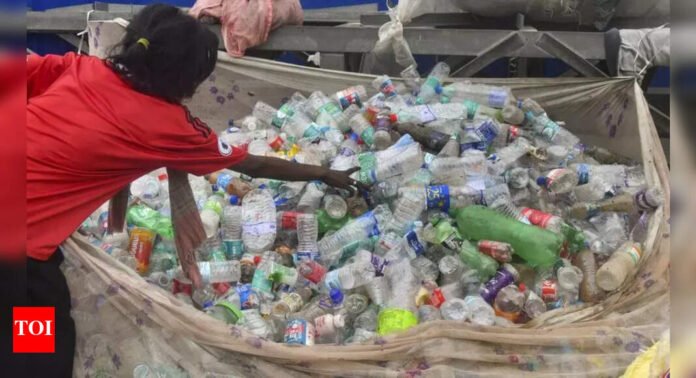Plastic Pollution: A Global Crisis and How We Can Fight It
Understanding Plastic Pollution
Plastic has been around for over a century. However, plastic pollution has become a major issue in recent decades. In 1971, scientist Edward Carpenter discovered tiny plastic pieces in the Atlantic Ocean. This was a wake-up call about plastic pollution.
The World’s Response
World leaders recognize the severity of this problem. They aim to create a strong agreement to tackle it. The United Nations has been actively discussing this issue. For instance:
- In 2018, World Environment Day’s theme was ‘Beating Plastic Pollution’.
- In 2023, the theme was ‘Ridding the Environment of Plastic’.
- This year, the theme is ‘Combating Plastic Pollution’.
The Dangers of Plastic
Plastic is harmful, especially tiny pieces called microplastics. These small bits and the chemicals used to make plastic are very dangerous. Plastic pollution occurs when plastic waste, like bottles and bags, piles up in nature. This harms animals, plants, and even people.
Plastic is everywhere. You can find it in cars, medical tools, streets, farms, deserts, and even in the ice at the North Pole. Scientists have found plastic on Mount Everest and in the deepest part of the ocean, the Mariana Trench.
The Impact of Plastic Pollution
Harming Our Environment
Plastic harms the environment in many ways:
- It contributes to climate change. Producing plastic uses a lot of energy and creates greenhouse gases.
- It harms animals. Over 1,500 species eat plastic or get tangled in it.
- It doesn’t go away. Plastic can stay in the environment for hundreds of years.
Since the 1950s, people have produced 9.2 billion tons of plastic. About 7 billion tons of that is now waste. Every day, 2,000 trucks full of plastic are dumped into lakes, rivers, and oceans. This adds up to 19-23 million tons of plastic waste in water every year.
Risking Our Health
Plastic is bad for our health too. It can cause diseases and even death. The chemicals in plastic can increase the risk of heart attacks, strokes, and other health problems.
Scientists have found microplastics in our food, water, and even in our bodies. For example:
- There can be up to 240,000 microplastics in a liter of bottled water.
- Microplastics have been found in human organs like the liver, kidney, and even in breast milk.
- One study found microplastics in the blood of 80% of people tested.
Looking Ahead: The Future of Plastic Pollution
If we don’t act, plastic pollution will get much worse. By 2060, plastic waste could triple to one billion tons a year. Almost half of this waste could end up in landfills, burned, or lost in nature.
India faces a big challenge. The country is growing fast, but it lacks good systems for collecting and recycling waste. India also contributes significantly to plastic pollution in the ocean.
Solutions to Plastic Pollution
We can solve this problem by:
- Using less plastic, especially single-use items.
- Recycling more and better.
- Finding and using alternatives to plastic.
Everyone can help. You can use less plastic, recycle more, and support businesses that care about the environment. Governments need to create strong rules and enforce them quickly.
If we work together, we can beat plastic pollution. We can protect our planet for future generations.




